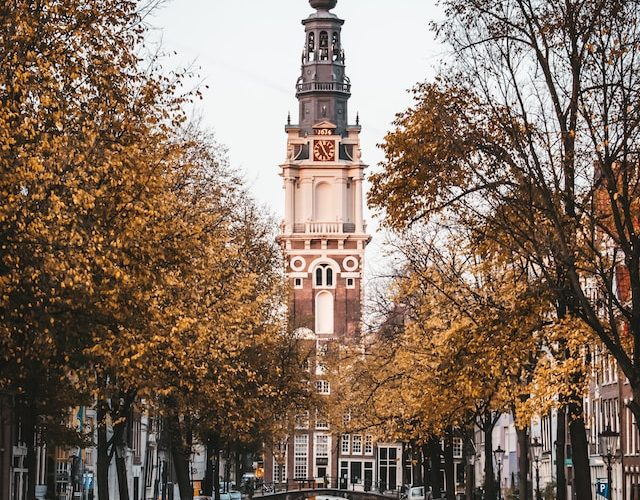Lorem ipsum dolor sit amet consectetur, adipisicing elit. Deserunt modi eos laudantium iste fugiat esse dolores quisquam placeat illum est eius, perspiciatis alias facilis, debitis animi asperiores, numquam expedita. Perferendis.
Lorem ipsum, dolor sit amet consectetur adipisicing elit. Maxime sed tempore ipsam qui fugit cum animi assumenda libero, magnam accusamus reiciendis vel molestias repellat odit, eveniet incidunt id sit minima.
Lorem ipsum dolor sit amet consectetur adipisicing elit. Fugit, vero voluptas facere similique maxime accusamus.
We are now conducting a thorough search of your travel request.
We aim to make your life as easy as possible.
We’ve been tailor-making holidays since 1971 and we want you to benefit from our knowledge and experience.
It’s all right here for you at your fingertips.



OK - on to the next step...
It won't be long now...
Did you know...



We are in the process of confirming your booking.
Please do not hit the BACK button or the ENTER button again as you may be double booked.
Your travel documents should appear on the next page.
These will also be emailed to you.
Please keep in a safe place until time of travel.
Thank you and...




You have chosen a travel date MORE THAN ONE YEAR in the future
Please check your email. The quote has been sent successfully.
Please check that your card details and billing address are entered correctly or try using a different card.
If you need assistance, call us on 041 983 1177 during office hours – we are happy to assist you in completing your booking.

On your city break to Amsterdam you’ll almost certainly arrive into Schiphol Airport on one of the several daily flights from Dublin or Cork. There’s a regular train service from Schiphol into the main train station Central Station to kick off your city break to Amsterdam and it takes about 17 minutes.
On arrival at the Central Station exit the main building and you can pick up one of many trams to take you to your hotel or depending on the property you’ve chosen for your city break to Amsterdam, you may even be able to walk there directly from the station.
After you’ve settled into your hotel and presuming it’s now the next day then it’s time to start with some sightseeing. We’re off to visit the world-famous Anne Frank House, where 8 people lived hidden away for two years until they were discovered by the Nazis. You can take trams 13 or 17 to get there, stepping out at stop Westermarkt. Alternatively, it is about a 20 minute walk west from Dam Square and if you were to walk it you would cross over several canals. Amsterdam is famous for these as the city was built on reclaimed land and still needs to be constantly drained. The innermost and oldest is the Singel (‘belt’ or ‘surrounding’ – not to be confused with the Singelgracht, lying further out) and during the Golden Age of the 17th century the city planners decided to build for the future and further rings of concentric canals were added; the Herengracht (Patricians’ Canal), Keizergracht (Emperor’s Canal) and Prinsengracht (Prince’s Canal). You will pass over these many times during your city break to Amsterdam. They all contain examples of very fine period townhouse architecture.
Arriving at 263 Prinsengracht be prepared to queue – the Anne Frankhuis gets over half a million visitors a year. The Nazis occupied Holland in 1940 and over time gradually persecuted Jews. In 1942 Anne’s Dad, Otto Frank, could foresee that soon his family’s lives would be in great danger and arranged for them along with his business partner’s family, the Van Daans, to go into hiding in an unused part of their business premises where entrance was gained through a bookcase that doubled as a hidden doorway. It was here that Anne wrote her famous diary covering the two-year span up to July 1944 when they were betrayed by an informer to the Nazis. All 8 people were taken away to concentration camps and only one – Otto Frank – survived the experience. He returned to the family business and a friend presented him with Anne’s diary which had been saved. He published it in 1947 and many millions of copies have been sold since then. The museum serves to highlight racism and antisemitism worldwide today.
Just south of Anne’s house is the Westerkerk church with its 85m tower – the highest in Amsterdam. It was built in 1631 by Hendrick de Keyser and was part of the civil engineering project of adding the Grachtengordel (canal belt) mentioned above. It was only the second place of worship built expressly for Protestants and while the exterior is ornate and decorated, in keeping with the Calvinist views of the time the inside is sparse and plain. The painter Rembrandt is reputed to be buried here; during renovations in the 1990’s bones were discovered that could have been his. They were sent for forensic analysis, with the expectation that a high level of lead which was widely used in paint at the time would prove them to be his, but public funds ran dry and the testing never took place……..
Just at the back of the Westerkerk is the Homo-Monument, the first memorial worldwide to the lesbians and gays persecuted by the Nazis. It echos the pink triangles the gay community were forced to sew onto their clothing during World War 2 and the spot is a rallying point for the city’s LGBT citizens.
Grab a sandwich and drink in one of the many canal-side cafés and relax for just a short while. Feeling horny? It’s now time for sex! Or at least a visit to where it’s openly and legally bought and sold. The Red Light District is contained in the area known as De Walletjes – the Little Walls – and comprises the streets of Oudezijds Voorburgwal, Oudezijds Achterburgwal and the warren of passageways and alleys thereabouts. It’s as sleazy and off-putting as you might expect it to be, with pimps and drug addicts and pick-pockets abounding. Conversely it also has a carnival atmosphere with hoards of gaping tourists and noisy, drunken hen & stag parties meandering the district. Keep to yourself and don’t get involved in an argument for any reason.
To expiate your sinfulness you could call in to the Oude Kerk (old church) nearby and enjoy this 14th century Gothic basilica. ©ArrowTours